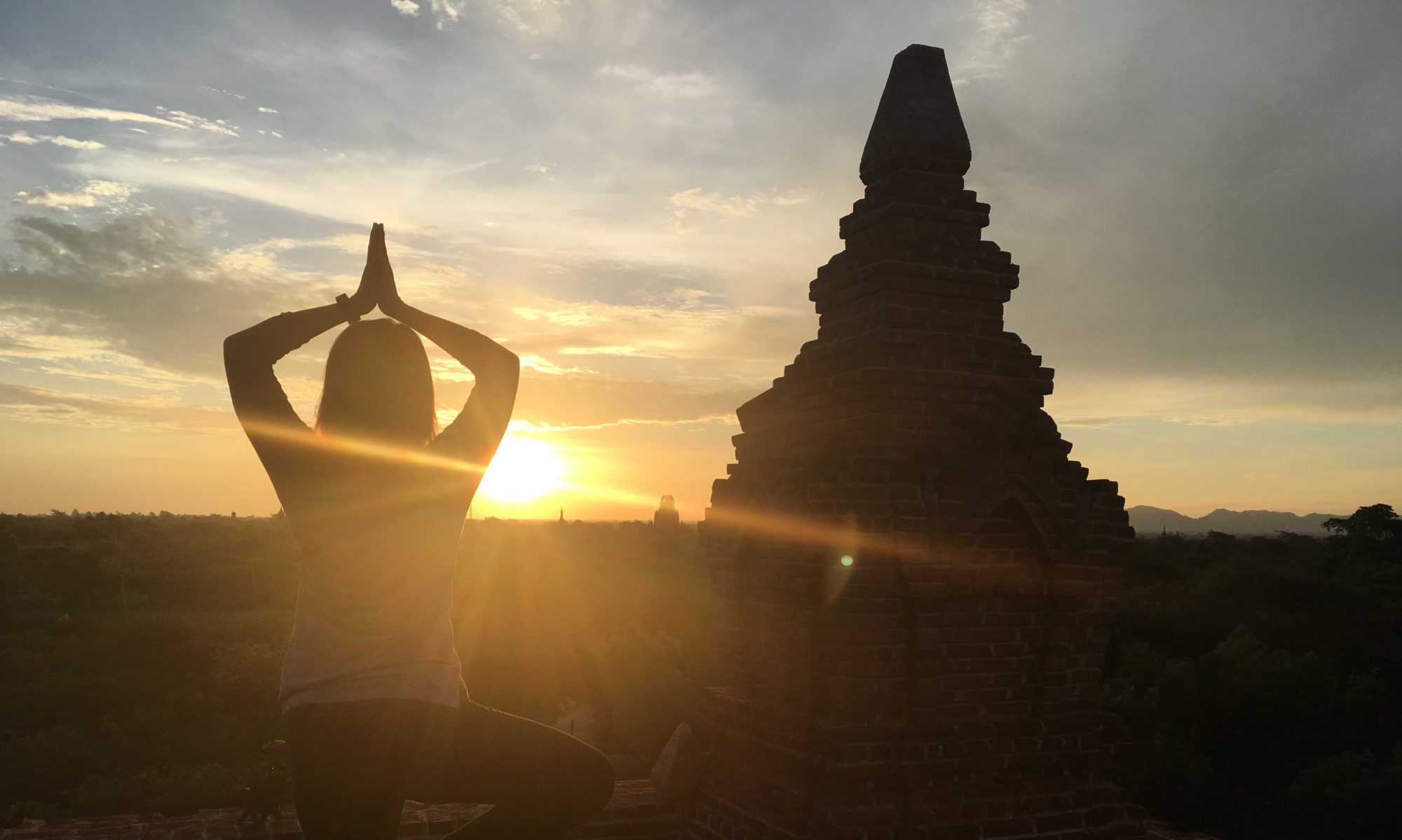Myanmar is an old country with a recorded history that goes back hundreds of years. Its culture is complex and its government policies intricate. I’ve read the news. I know about the military’s treatment of its people, reporters, and occasional tourists. I was worried. But there’s a way to do it safely and responsibly. Here’s what I did in 7 days.
About Myanmar
When I was growing up in Thailand, I learned about the long history of warfare between the Thais and Burmese. When I think of the Thai-Burmese relationship I see images of ransacked cities, gold melting off pagodas, and dead elephants and soldiers. But the reality is often more complicated.

Like America, Myanmar was a colony of England. From 1824 to 1948 it underwent wars with the British and became known as a province of British India. It finally gained independence after WWII and Japanese rule like several southeast Asian countries. Colonialism marred it, just like it did its many neighbors. Until recently, the country had been under one military regime after another, with much of its spending siphoned to the military at the cost of infrastructure. Based on UNICEF report in 2012-13 fiscal year, it has spent 29% of its entire budget for the defense forces, while the education sector received just 11%, the health sector 5.7%, and social welfare at 0.29%.


The 2015 election granted the overwhelming majority seats to the National League of Democracy. Since then, efforts have been made to reallocate its spending. Although evidence of its past decisions is apparent in potholed roads and homelessness.

Civil unrest and disputes between its people dominate Myanmar’s past and present. There are more than 135 ethnic groups in Myanmar, with 7 being the largest minority nationalities: The Chin, the Kachin, the Karenni (sometimes called Kayah), the Karen (sometimes called Kayin), the Mon, the Rakhine, and the Shan. Each group has their own language, culture, and history, making up Myanmar’s rich tapestry. Yet, not all tribes are recognized and not all the people who were born there its citizens.




So how does one navigate through this rich and beautiful land rife with conflict? Answer: With a combination of caution and thirst for experience, together with help from local guides. Hiring guides was not something we normally do. But we were glad we did. In doing so, we were able to cover a large section of the country and sample the many flavors this wonderful place has to offer. Click on the links to see the detailed travel log of each day.
Day 1: Yangon – Street food tour and Shwedagon Pagoda
A street food tour is a must for anyone visiting any country. Yangon is special for its architecture of dilapidated colonial buildings mixed in with modern skyscrapers. We walked around neighborhoods, ate authentic street food frequented by locals, and hung out in a park in the middle of the city. Afterward, we visited the Shwedagon Pagoda at night to experience the peaceful vibration at one of the most famous Buddhist sites in the world.




Day 2: Yangon – Botataung temple, fisherman’s village
A bombing during WWII in 1943 destroyed Botataung temple. It was only rebuilt after Myanmar gained independence in 1948. A special place among Burmese, you can find worshippers pray wedged in various corners of the gilded temple. After, we took the ferry across the Yangon River to a fisherman’s village and a non-profit boarding school that educates children from ages 5-13 from all over Myanmar.



Day 3: Bagan – the ancient city
Bagan is an ancient archeological city that was the seat of the Pagan kingdom from the 9th to the 13th centuries. At its height, there were over 10,000 Buddhist temples, of which 3,122 remained. It is a must visit for admirers of history and Buddhism. Yangon to Bagan was also my first of many overnight bus rides in Myanmar.



Day 4: Bagan sunrise and Mount Popa
Witnessing the beauty of the morning rays peeling open the cloak of darkness and bathing the valley with warm orange light, revealing red brick temple tops and its green surrounding, was the apex of my trip. Afterward, we drove a few hours to Mount Popa where we climbed up 777 steps to the top and watched a rainbow arch over the majestic landscape after heavy rainfall.



Day 5: Shan State and Pindaya Cave
After another sleepless night in an overnight bus from Bagan in Mandalay State to Shan State, we drove to Pindaya Cave. The stalactite cave has 10,000 Buddha images climbing up its sides, with the oldest estimated to be from the 17th century.




Day 6: Inle Lake
Inle Lake was the most touristy spot we visited in Myanmar. But it is still worth a trip. We spent our day riding in a jewel-colored long-tail boat through the beautiful lake. We visited temples, monastery, and villages on stilts.




Day 7: Phaungdawoo temple, Shwe Indein Village
A graveyard of a thousand stupas surrounding a village called Shwe Indein. Check. A market where one can buy green tea leaves and wild turmeric from hill tribe’s women for a song. Check. Another beautiful ride along Inle Lake. Check.


Our trip to Myanmar has been unforgettable. The people are kind, the food delicious, and the bus rides hellish. There is still an innocence to the country which I suspect may change as it becomes more touristy. The people smile openly and are generous with stories. Regardless of the politics of this country, I was reminded that people and government do not always share an ideology. Each person just wants to live their life peacefully and hold their loved ones close to their heart.
Myanmar, may you never lose the best parts of yourself.





